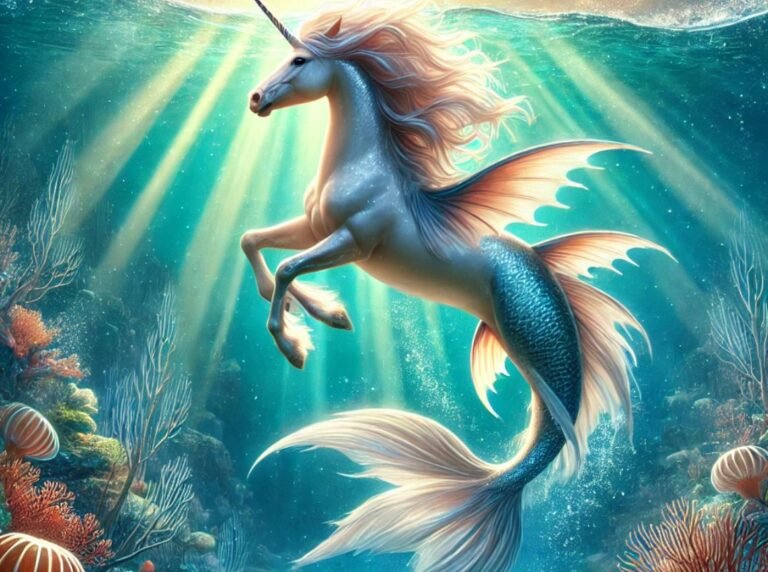peophins mystical aquatic creatures often revered for their grace and strength, have long been a source of fascination in folklore and mythology. the complaint of peophins
Their unique blend of equine features and aquatic nature make them captivating subjects. However, behind their serene image lies a deeper narrative that has been emerging in recent discussions: the complaint of Peophins. This complaint, though metaphorical, touches on a profound sense of grievance that these legendary beings might express, if they could, about their treatment and depiction in various cultures
In this detailed exploration, we will dive into the concept of the complaint of Peophins, shedding light on what it symbolizes, how it relates to the broader human experience, and the lessons we can draw from it. Our aim is to provide a thorough examination of the topic to ensure it resonates across various audiences, particularly those who have an interest in mythology, animal rights, or environmental concerns.
Understanding the complaint of peophins A Mythical Creature of Depth
: A Mythical Creature of Depth
The Peophin is typically portrayed as a half-horse, half-fish creature. Much like the mermaid, the Peophin inhabits both land and sea, yet it is rarely at ease in either. While horses are celebrated for their power and endurance on land, and fish are revered for their ability to navigate the depths of the ocean, the Peophin faces a unique struggle of belonging to two worlds and yet fully thriving in neither.
This inherent duality can be seen as the root of their metaphorical complaint. Often, they are torn between the demands of both realms, representing a sense of dislocation, isolation, and confusion. When we think of the complaint of Peophins, we are confronted with the question: Is the Peophin’s struggle a reflection of our own internal conflicts?
The Symbolism of the Complaint
The complaint in question isn’t a literal grievance but rather an existential expression of frustration. Much like mythical beings in ancient tales, Peophins embody the duality many humans experience: the feeling of being torn between two identities, or the sense of having to balance opposing forces in life.
Cultural Representations of the Complaint
Many cultures have indirectly expressed the complaint of Peophins through various mediums, including art, literature, and oral traditions. For example:
- In Eastern Mythology, Peophins have been described as creatures of immense wisdom, yet they are isolated from both their terrestrial and aquatic kin. Their constant state of being misunderstood resonates with themes of alienation, a complaint many people feel when they don’t belong.
- In Western Stories, the Peophin’s struggle reflects the tension between nature and civilization. Peophins, trapped between the wild and the human-imposed order, often symbolize a loss of freedom or identity as they navigate two contradictory worlds.
Environmental and Ethical Implications
Today, the complaint of Peophins can be seen as a metaphor for larger issues concerning environmental ethics and animal rights. Many animals, particularly those living in environments threatened by human intervention, face a similar struggle as the Peophin — being forced to adapt to both natural and human-made worlds, often to their detriment.
Environmental Degradation
The Peophin’s aquatic nature links it to the oceans, which have been increasingly damaged by pollution, overfishing, and climate change. If we imagine Peophins as real beings, their complaint could reflect the damage inflicted on the very ecosystems that sustain them. Much like dolphins and whales suffering from oceanic disturbances, Peophins would undoubtedly be crying out for relief from human activity.
Ethical Treatment and Exploitation
Another dimension of the Peophin’s complaint can be likened to the ethical debate surrounding animal captivity. Like many marine animals, Peophins would likely face captivity and exploitation, stripped of their freedom for the sake of entertainment. This mirrors the plight of animals in aquariums and zoos, where their natural behaviors are curtailed. The complaint of Peophins here speaks to the broader issue of human exploitation of animals for personal or commercial gain.
The Human Connection: Internal Struggles
On a deeper level, the complaint of Peophins resonates with the human condition. In our fast-paced, modern world, many people feel torn between various obligations — professional responsibilities versus personal passions, societal expectations versus individual desires, and the list goes on. This duality parallels the Peophin’s constant struggle between land and sea, between belonging and isolation.
Psychological Dualities
Psychologically, the Peophin’s complaint can symbolize the inner turmoil people experience when they are forced to wear multiple hats or exist in spaces that demand conflicting actions. Whether it’s the struggle to balance work and home life or the challenge of navigating cultural expectations, the Peophin’s tale serves as a poignant reminder of the emotional and mental struggles many face.
Finding Balance: A Lesson from Peophins
The Peophin’s plight also offers a lesson in resilience and balance. Though they may be conflicted, they continue to adapt to their circumstances. In many versions of the myth, Peophins are portrayed as enduring creatures, continuing to thrive in spite of their unique challenges. As such, we can take inspiration from these mythical beings and seek to find balance in our own lives, even when confronted with opposing forces.
Conclusion: The Enduring Relevance of the Peophin’s Complaint
The complaint of Peophins goes beyond mythology; it touches upon modern issues such as environmental degradation, ethical treatment of animals, and the emotional complexities of the human experience. Through this lens, the Peophin is not just a mythical creature — it is a symbol of resilience, duality, and the ongoing struggle for harmony in a world full of contradictions.
As we reflect on this complaint, we gain insight into not only the challenges faced by these legendary beings but also our own personal and collective struggles. By addressing the concerns highlighted in this metaphor, we can foster greater understanding and compassion for both mythical and real-world beings who find themselves caught between two worlds.
